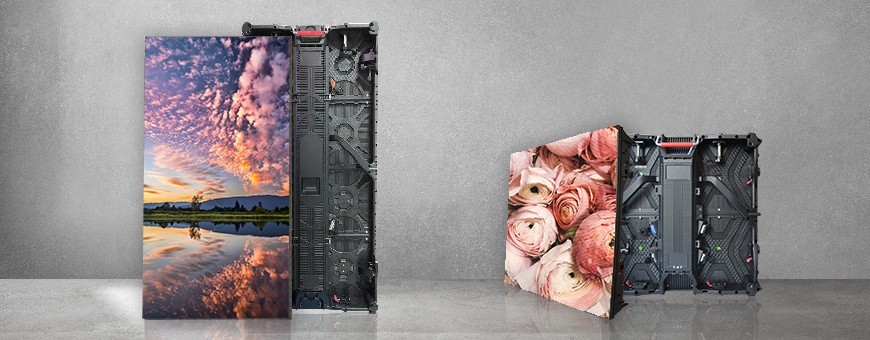When talking about resolution, it is crucial to consider pixel spacing, which is the gap between the center of one picture element to the center of the following picture element. A reduced pixel spacing yields a higher resolution, allowing for more detail in the images displayed. For example, an LED wall with a picture pitch of 1.5mm will provide a sharper image than one with a pixel spacing of 3mm. This is especially important in environments where viewers are near to the display, such as in a small venue or a exhibition show booth. In these situations, a higher resolution can significantly enhance the viewing quality.
Another aspect of image clarity is its effect on hue precision and brightness. LED screens with higher image clarity often have better color rendering, meaning that the colors shown are increasingly lively and realistic. This is essential for uses like advertising, where the goal is to attract interest and communicate a message effectively. Additionally, higher resolution screens can preserve brightness levels even when seen from various perspectives. This is crucial in large venues where audiences may be positioned at different ranges and positions from the display.

The functionality of LED walls is also influenced by resolution in terms of refresh rates and response times. A higher resolution display can handle quicker refresh rates, which is led wall panel color shift essential for dynamic content such as videos and motion graphics. This means that the images on the screen will appear smoother and more fluid, enhancing the overall viewing quality. In comparison, reduced image clarity screens may have difficulty with dynamic content, leading to blurriness or lag. Therefore, for events that rely on high-energy visuals, choosing a display with a suitable resolution is vital.
In conclusion, resolution plays a crucial role in defining the functionality and image quality of LED walls. Factors such as pixel pitch, color accuracy, brightness, refresh frequencies, and reaction durations all contribute to how efficiently a screen can convey data and capture viewers. As technology continues to advance, understanding these elements will assist operators choose the appropriate LED screen for their specific requirements, guaranteeing that they achieve the optimal potential results in their displays and events.